Description
Cofidis; Team History
Cyrille Guimard started the team in 1996 with backing from François Migraine, the chief executive of Cofidis. An early acquisition was Lance Armstrong, formerly of Motorola Cycling Team. Armstrong was dropped because of his cancer and another American, Bobby Julich, became the leader of stage races. Julich’s place in the top three of the 1998 Tour de France brought the team to the spotlight, and Frank Vandenbroucke brought further results in classics. That year, Cofidis won the team classification in the Tour.
Years of drought followed as Julich and Vandenbroucke left the team. Vandenbroucke’s Belgian compatriots, Nico Mattan, Chris Peers, Peter Farazijn, and Jo Planckaert, stayed on but were criticized for inconsistent performances. Cofidis, on the demand of Migraine, began paying riders by results, judged by the points they won in a season-long competition run by the Union Cycliste Internationale. Belgian riders criticized the policy, saying it would lead riders to ride conservatively to be sure of good placings at the finish. They debated the issue publicly with the manager, Alain Bondue, and left.
David Millar raised the team’s profile by winning the prologue of the 2000 Tour de France, taking leadership of the team. Millar criticized the points system, and the team relented.
In 2004 Cofidis had three world champions – Igor Astarloa on the road, David Millar in the individual time trial, and Laurent Gané on the track. However, a doping scandal involving Millar and other riders led them to stop racing until it was resolved. Astarloa left the team. The investigation decided that doping was by individual riders and that the team was not involved. However, David Millar has since suggested otherwise, in a strongly worded interview with the BBC. In May 2004 the team announced that Bondue and team doctor Jean-Jacques Menuet had both resigned. The team then returned to competition for the 2004 Tour de France, in which Stuart O’Grady and David Moncoutié won stages, Moncoutié’s on Bastille Day.
Following the doping scandals, the team appointed Éric Boyer as team manager in 2005. Moncoutié won on Bastille day again in the 2005 Tour de France – the only French stage win – with O’Grady’s help. However, a new signing, Sylvain Chavanel failed to win a stage or make a strong impression.
O’Grady and Matthew White left in 2006. Cédric Vasseur – often the road captain – also left. An early victory in Classic Haribo by Arnaud Coyot showed the team still had firepower. Cofidis won the first stage of the 2006 Tour de France with Jimmy Casper, in a chaotic sprint.
For 2007 the team signed Belgians Nick Nuyens and Kevin De Weert from Quick Step-Innergetic.
On 25 July 2007 Cofidis rider Christian Moreni failed his doping test after the 11th stage of the Tour de France. His blood contained traces of testosterone. Moreni acknowledged doping. The team withdrew from the Tour.
In 2008 the team enjoyed the most successful season of Boyer’s time as manager, with Chavanel winning Dwars door Vlaanderen and Brabantse Pijl and Chavanel and Samuel Dumoulin both taking stage wins in that year’s Tour de France.
On 29 September 2009, the UCI ProTour decided not to renew the ProTour licenses of Cofidis and Bbox Bouygues Telecom, due to poor results.
In 2012, the team received a wildcard invitation to the Tour de France, along with three other French-registered teams. A few days before the start of the race, Boyer was sacked as manager of the team, with Migraine blaming him for poor results: he was replaced by former Festina, Astana, and FDJ–BigMat directeur sportif Yvon Sanquer.
On 10 July 2012, the first rest day in the 2012 Tour de France, French police raided the Cofidis team hotel, arresting French rider Remy Di Gregorio on suspicion of doping.
For the 2015 season, the team announced it had signed 2014 Giro d’Italia points classification winner, Nacer Bouhanni, along with Dominique Rollin, Geoffrey Soupe, and Steve Chainel.
After a 2017 season during which the team only took 13 wins, in October of that year the team announced that Sanquer had been sacked and that he would be replaced as manager by former Cofidis rider Vasseur.
The team returned to UCI WorldTour status in the 2020 season, and the team will use De Rosa bikes beginning from the 2020 season, ending their contract with Kuota.
*******************************
The History of the Cycling Cap
The cycling cap, or the ‘casquette’ in French, is a bit of an icon in the cycling world. The simple cloth cap graced the heads of all the greats, with the history of the cycling cap going back through the last century and beyond.
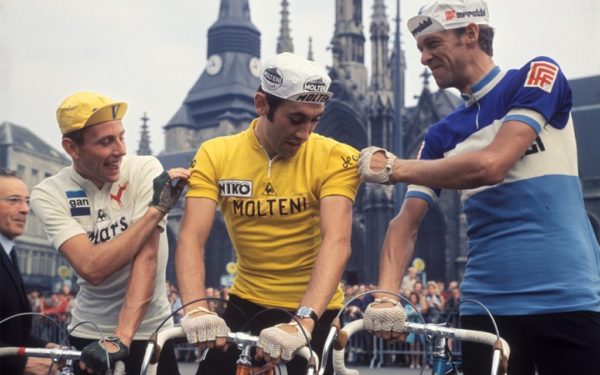
The Early Days
The first documented cycling races started up in the late 1800s, exposing riders to the harsh elements. Some sort of headwear was immediately needed, so the rudimentary flat cap was the obvious choice as opposed to top hats and tails.
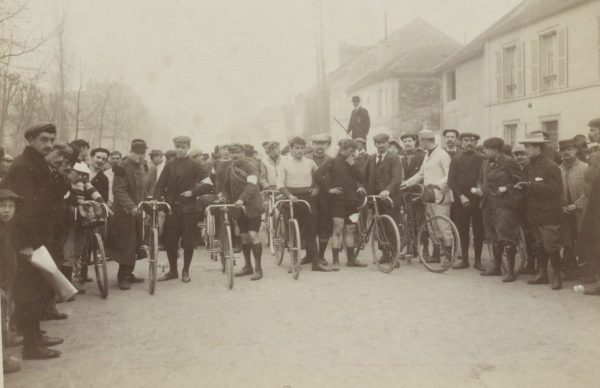
The flat cap was a step in the right direction, but tweed is not an ideal athletic material. This set the groundwork for the cycling cap. Riders wore plain white skull caps, which eventually turned brown and grey with dust and grime over the years. It was purely functional, keeping the sun out of the eyes, absorbing sweat, and keeping the rain and muck out.
The Hayday
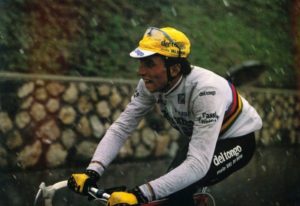
By the 1950s, the cycling cap became the ultimate mark of a professional cyclist. The design was refined through the 60s, coming to resemble what we know it today. Sponsors began branding caps, and it became a way to spread your name in the cycling world.
Not only were they worn on the bike, but on podiums and on the heads of coaches and everyone else inspired by the cycling greats. Those who may not be able to afford a Campagnolo-equipped bike could afford a Campagnolo cap, so it became an entry into the cycling culture.
The Decline
With the introduction of helmets to cycling in the 70s and 80s, the cycling cap became less of a necessity. Although it was no longer the mark of a professional cyclist, it remained a part of the cycling kit. The helmet and the cycling cap were not necessarily mutually exclusive, and many cyclists chose to wear a cap under their helmets in cold and wet weather.
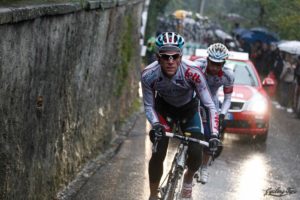
July 25, 2020 by Sarah Lauze – Excerpt from iLove Bicycling
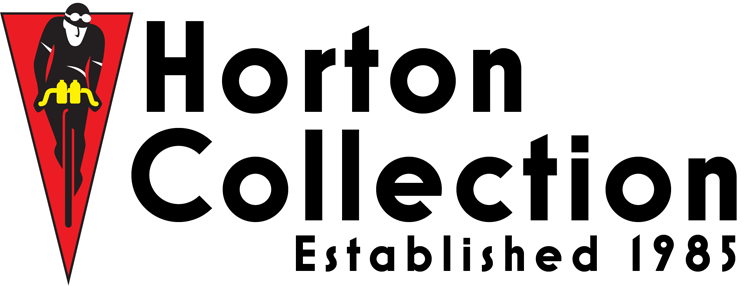
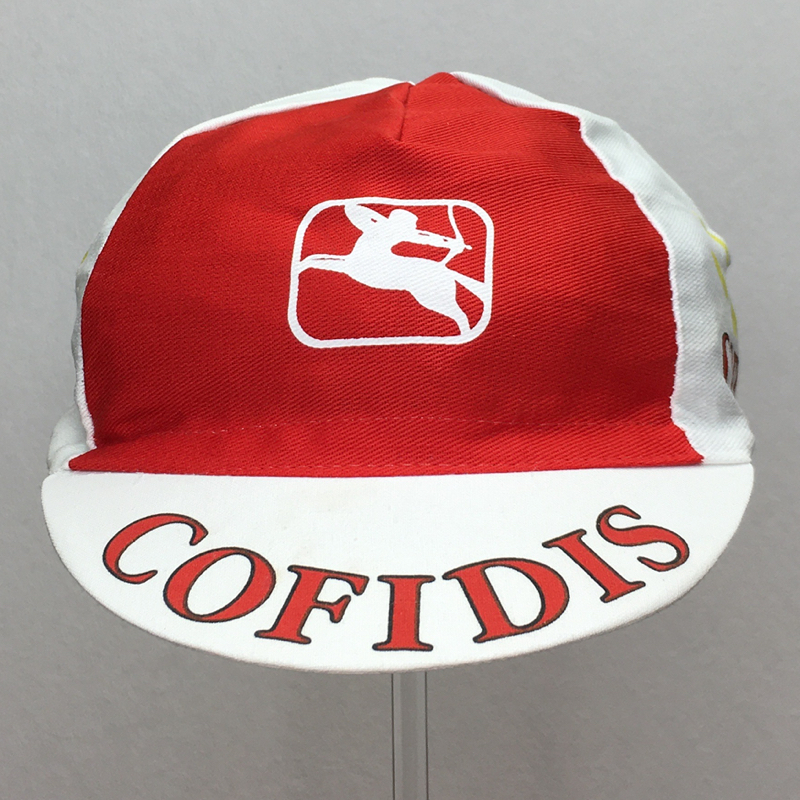
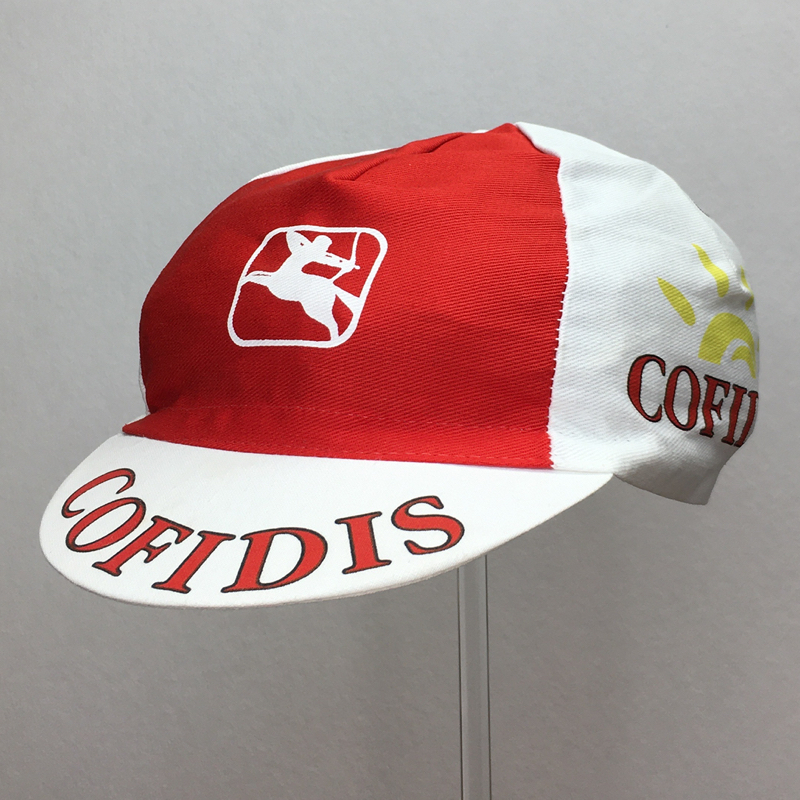
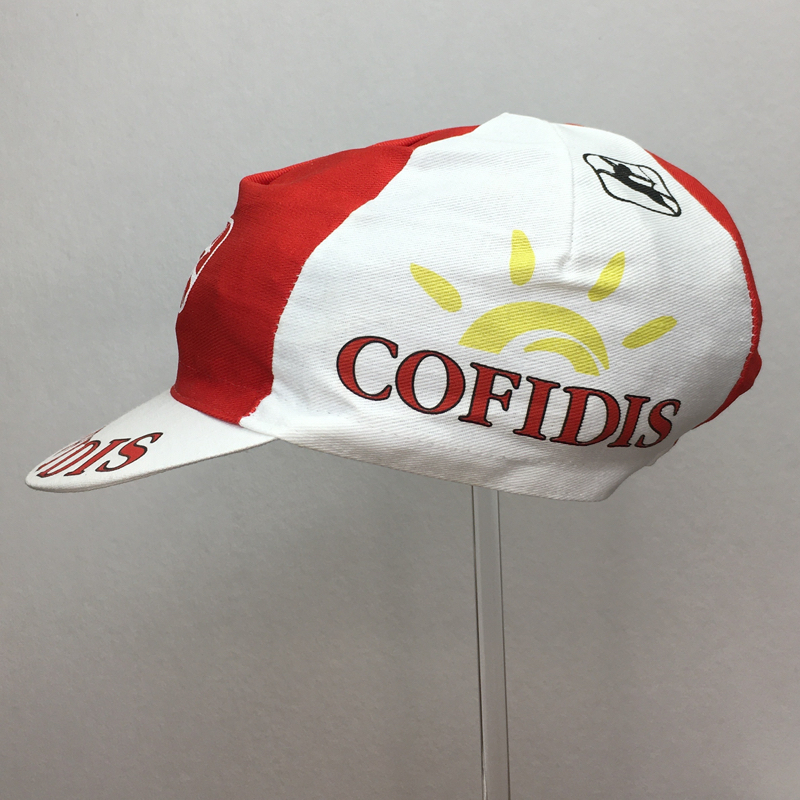
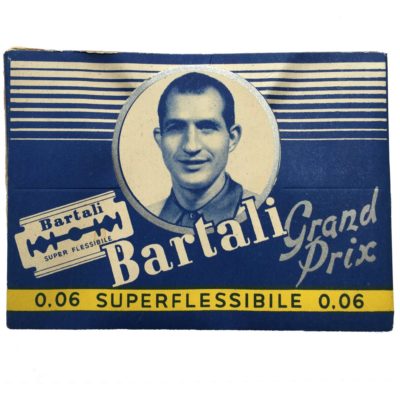
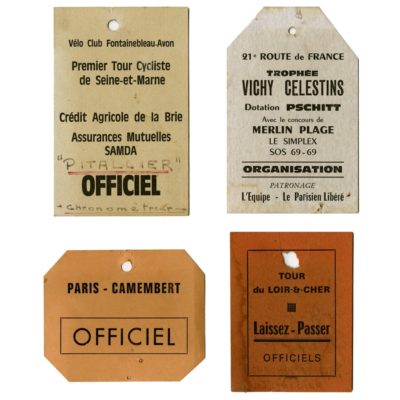
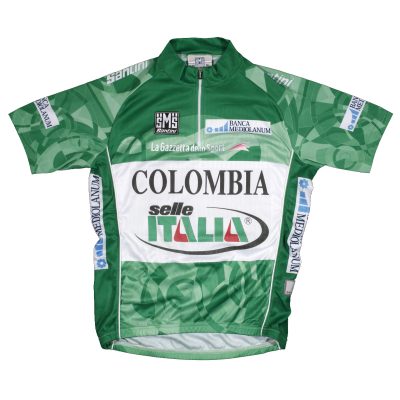
Recent Comments